TALKING COMMUNITIES AND CONSERVATION WITH CHRISTABELLE PEECH
There is no one right answer to the conservation question – the enormous range of topics presented and discussed at the 2017 Conservation Lab alone was proof of the sheer breadth of the challenge we face. But we did notice some recurring themes throughout the SPARK talks, DISCUSS sessions and TEAMWORK challenges back in May: for one, the subject of local communities – more specifically, how to successfully and sensitively integrate them into conservation efforts. We caught up with Christabelle Peech, who works on behalf of The Hide Community Trust, The Hide Safari Camp and Hwange National Park, to get her take.
How can we educate local people on conservation issues without sounding disparaging?
Firstly, we have to dig deeper and go below the surface level in order to get to some of the root problems regarding conservation issues. A prevalent revelation at the Conservation Lab was that there is no conservation without community conservation.
However, if we’re honest with ourselves, some of the current interventions are not working; instead, we now need to become the agents of change. We need to stop telling people what to do, cut the barriers of ‘us against them’ and work together as ‘we’. How can we solve this problem? We need to go back a step and learn to listen to those around us, so that we can come up with solutions together. We need to listen in order to really understand the needs of people who live amongst wildlife. There are no short cuts: we need to take small steps at a time and work together.
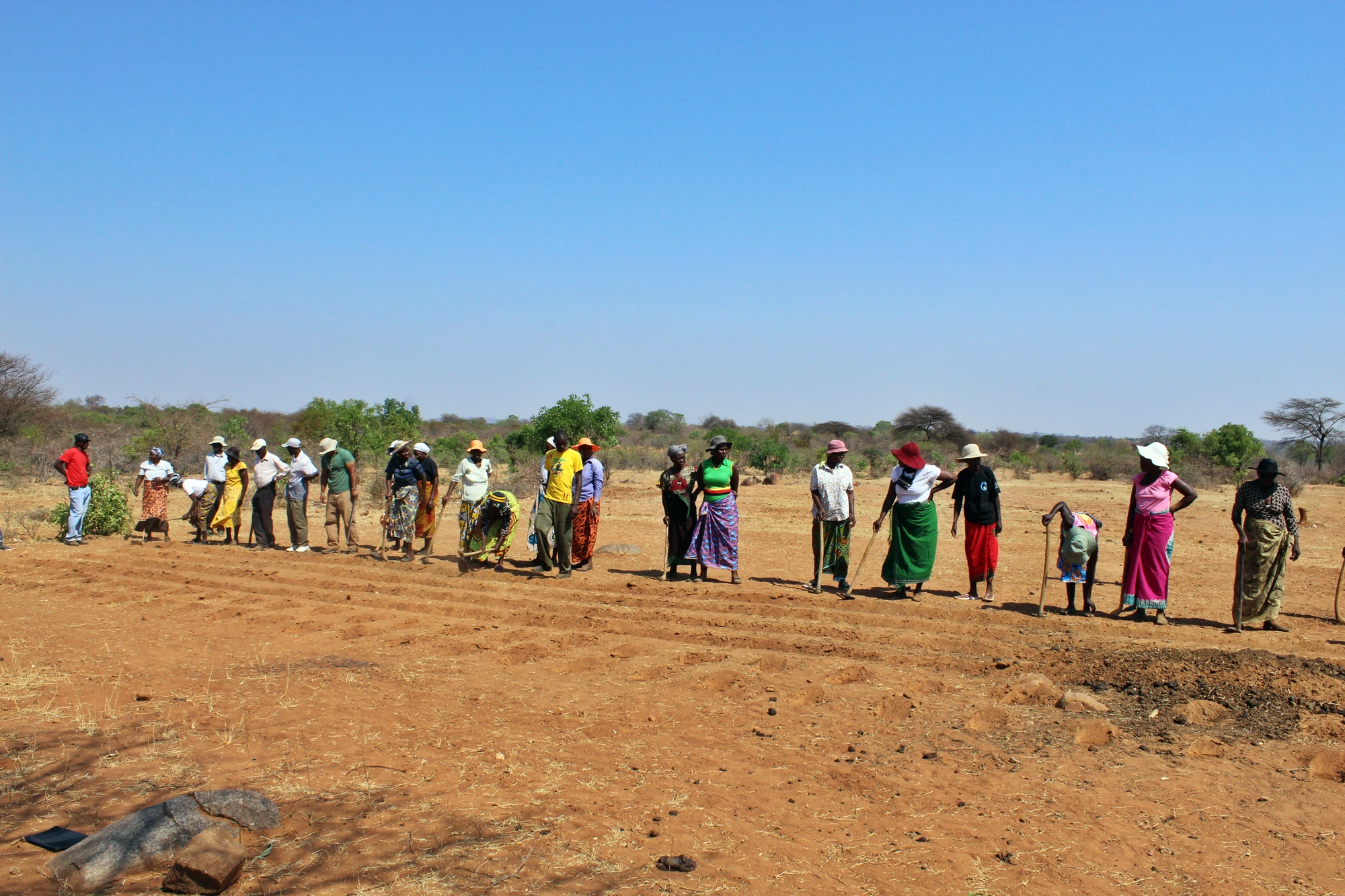
Local people who live in and amongst wildlife are tired of being told that they need to protect the wildlife – of course they’re not going to care about this when they’re unable to feed their own families; when their only food source is destroyed overnight by an elephant; or when their livestock is killed by a hungry lion.
The change we long for in Africa will come with a change of hearts, as well as a changed mindset. The bottom line is that we need to work together and assist people to make a profit, or at least generate an income so that they themselves are empowered to educate their own children and feed their own families. I believe we can do this, whilst at the same time conserving our wild areas. We can work hand-in-hand with people to develop a simple, demonstrable sustainable model. Only once people become empowered themselves will they begin to think of conservation issues. If we can empower people through conservation, then we’re on to something!
I like to think of this working together as a tree. The Tree of Life: each part of a tree, no matter how small, has a significant role (the leaves, although often the smallest part of the tree, photosynthesise to feed the whole tree) – as each individual in a group does their part, we see how important each one is to the success of the whole. No part is more or less important than the other and no part rules the others. The root cannot refuse to provide the trunk with water to spite the leaves. All of the parts of the tree must work together to serve the welfare and growth of the whole tree. All of the parts of the tree work together to achieve life. If they do not, they will all die together.
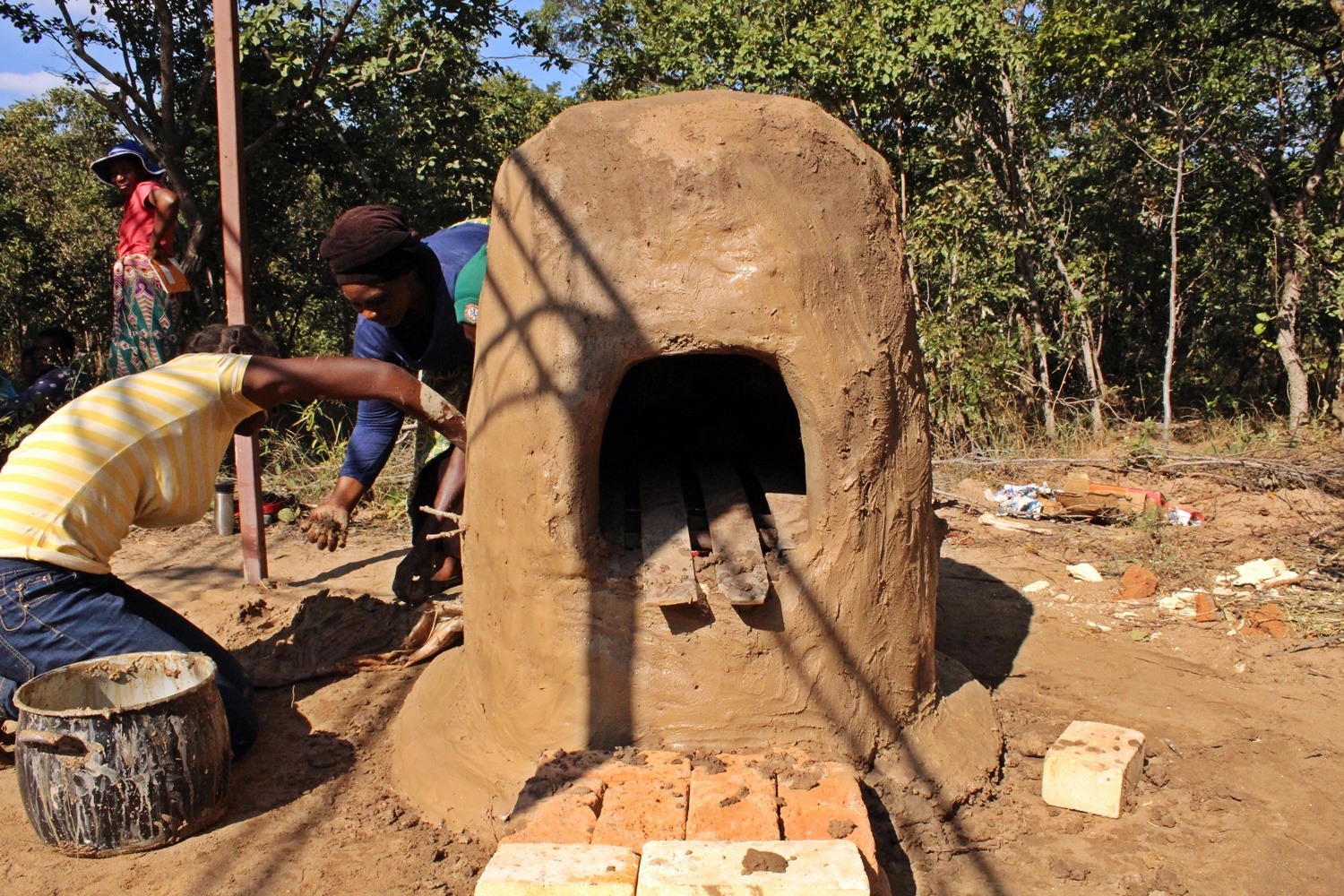
How do we avoid ‘Western/white saviour complex’? Is it ever possible to understand local culture and customs in relation to conservation issues from an objective viewpoint?
The Western/white saviour complex has been seriously damaging across Africa for many decades and things need to change. So often, outside organisations go into an area thinking that they know all the answers, make their own judgements of how things are supposed to be, tell people what they should be doing, or hand out a donation and off they go. There is no way anything is ever going to change with these quick fixes and short-term solutions.
I believe that it’s possible to understand local customs in relation to conservation issues if we just take the time to listen to what people have to say, build relationships, observe people’s way of life, and show some respect. From there, we can begin to work together to solve the issues we’re faced with.
Sustainable development is about empowering people in ways that are beneficial to them through skills generation and education, whilst at the same time protecting our environments for future generations to enjoy. Conservation and community go hand in hand; we cannot do one without the other.
When impenetrable fences protect the fertile land and resources of national parks from surrounding overpopulated, often starving communities, can national parks be justified?
National parks can indeed be justified because they bring in tourism, which brings in opportunities for income generation. Zimbabwe has a 90 per cent unemployment rate; tourism is a very large part of our economic growth – without these National Parks, there would be no tourism.
However, we do need to think out of the box – as I said before, many of our current interventions are not working, as they are only encompassing one part of conservation. If we change that view and look at many different models and ways that National Parks and tourism can be beneficial to surrounding communities, then we may get somewhere and all can benefit from these protected areas.
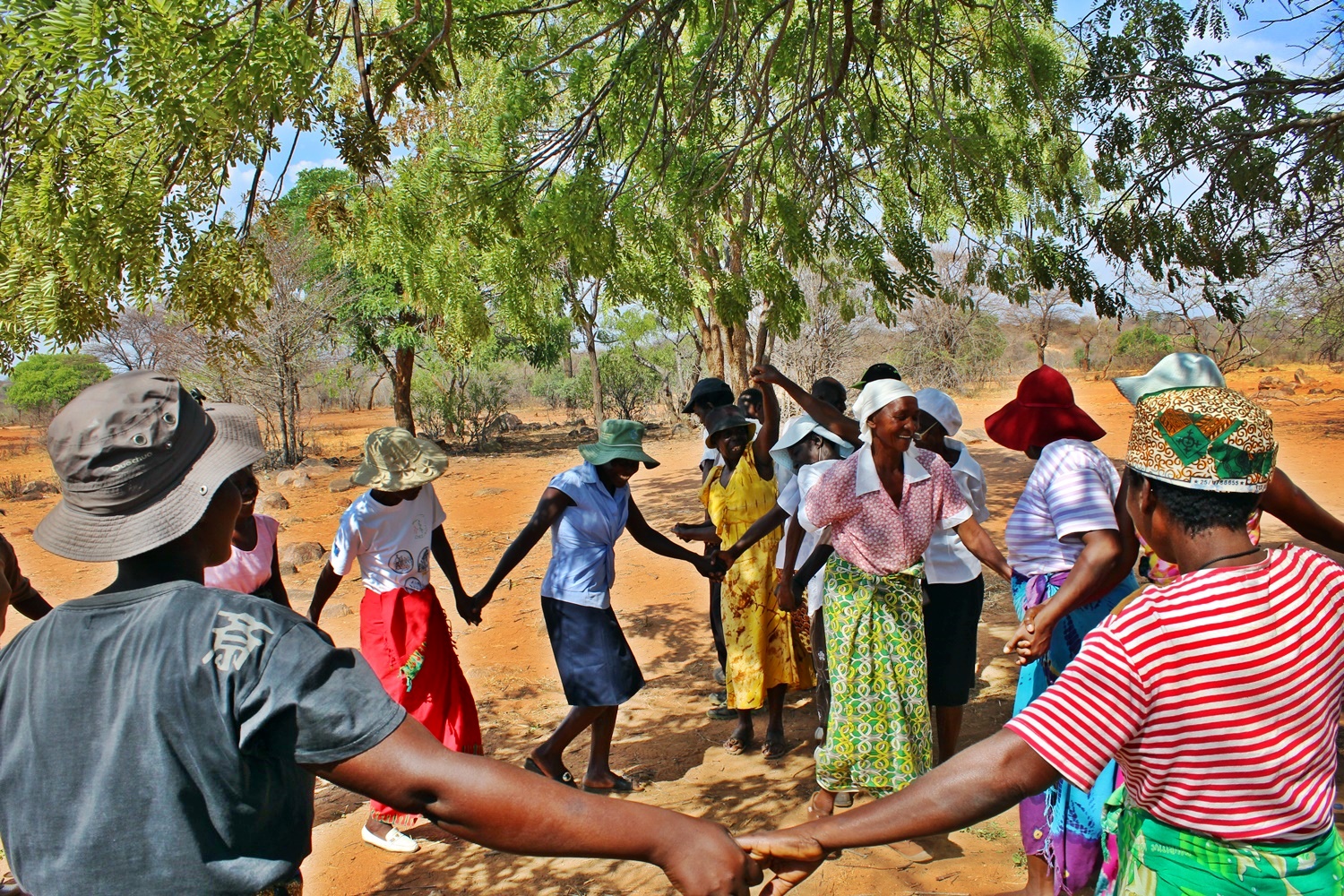
It is not only about employment, but also about using simple solutions that we can gain from using what we have around us, and re-using things we may consider as waste or unusable to generate income. This can be done through the support of skills generation that will help further develop communities and support them in generating further income through tourism. There are no impenetrable fences around our National Parks in Zimbabwe; however, they are protected areas.
One example is the use of beehive fences around the fields of farmers who live on the boundaries of National Parks. Elephants fear bees, and will not go near them – thus these fences protect the farmers’ crops, protect the elephants from being killed, generate further income for the farmers through the sale of honey, whilst at the same time pollinating the surrounding foliage. A solution such as this helps people to see the wider benefits of tourism, as they become more empowered and therefore understand the importance of keeping these areas protected.
Can consolation programmes (replacing livestock killed by wild animals) be effective in gaining the allegiance of local communities? Are there any other ways to do this?
Replacing livestock, in my opinion, is one way of gaining allegiance of local communities in the short-term – so yes, it is effective. However, is this really a sustainable long term solution? What happens when the funds run dry? Communities will be left off worse than before.
There are solutions around this that are long-term and effective. However, there are no short cuts: it takes time to gain the trust of people, especially with change. If we only manage to get a handful of people to believe in and implement a project, more people will begin to see that it works and the programme will spread. Seeing is believing.
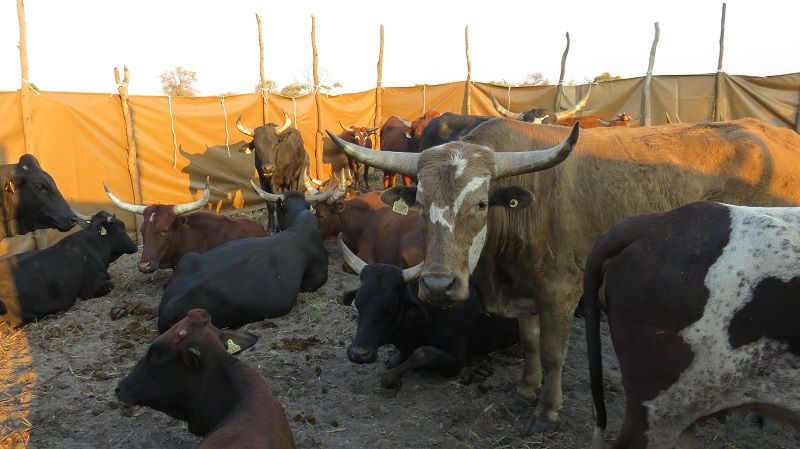
What we are embarking on in our area is working with cattle herders and local farmers and encouraging them to work together in protecting their cattle. This is done through controlled grazing methods, getting cattle herders to herd their cattle together in large groups, providing with them with protection in numbers. This, in turn, helps to regenerate the growth of grasslands.
Alongside this, there is an organisation who have designed mobile cattle bomas, which are made out of canvas sheeting that is cost effective and simple to set up. This encourages farmers to bring their cattle together at night and place them in the boma, which is positioned on a particular farmer’s field at a time. The cattle go in the boma for a week at a time, before being moved along the field. This method protects cattle at night from predators who see the boma as an object and won’t try to get in. At the same time, the cattle break up the soil and fertilise it, making it more fertile to grow crops in.
This is done until the whole field is covered and is then moved on to another farmer’s field. Again, a win-win solution that’s effective and simple to set up, and at the same time empowers people through working together.
How can we move towards community-based conservation initiatives becoming part of mainstream national development, as opposed to philanthropic burden?
A way of moving towards community-based conservation initiatives becoming part of mainstream national development relates specifically to income generation, which leads to education and improved livelihood. How is this to be achieved? Through the tourism industry, National Parks and local communities working together and, instead of putting the begging bowl out or asking for assistance, rather encompassing a model of communication and encouraging individuals who are visiting these areas to contribute towards conservation and community development.
An example of this working is The Conservation and Wildlife Fund, an organisation that we have founded and are implementing in Hwange National Park, where stakeholders have come together under one roof – an umbrella unit working together. Each lodge involved has put a conservation levy of $10 per bed-night that goes directly into funding conservation and community initiatives. This has been received well across the tourism industry, as everyone understands the role they are playing; if everyone plays their part in giving back, it becomes sustainable and we can develop further long-term initiatives. Mainstream national development will benefit from education, which is only possible when communities are first able to feed themselves and send their children to school.
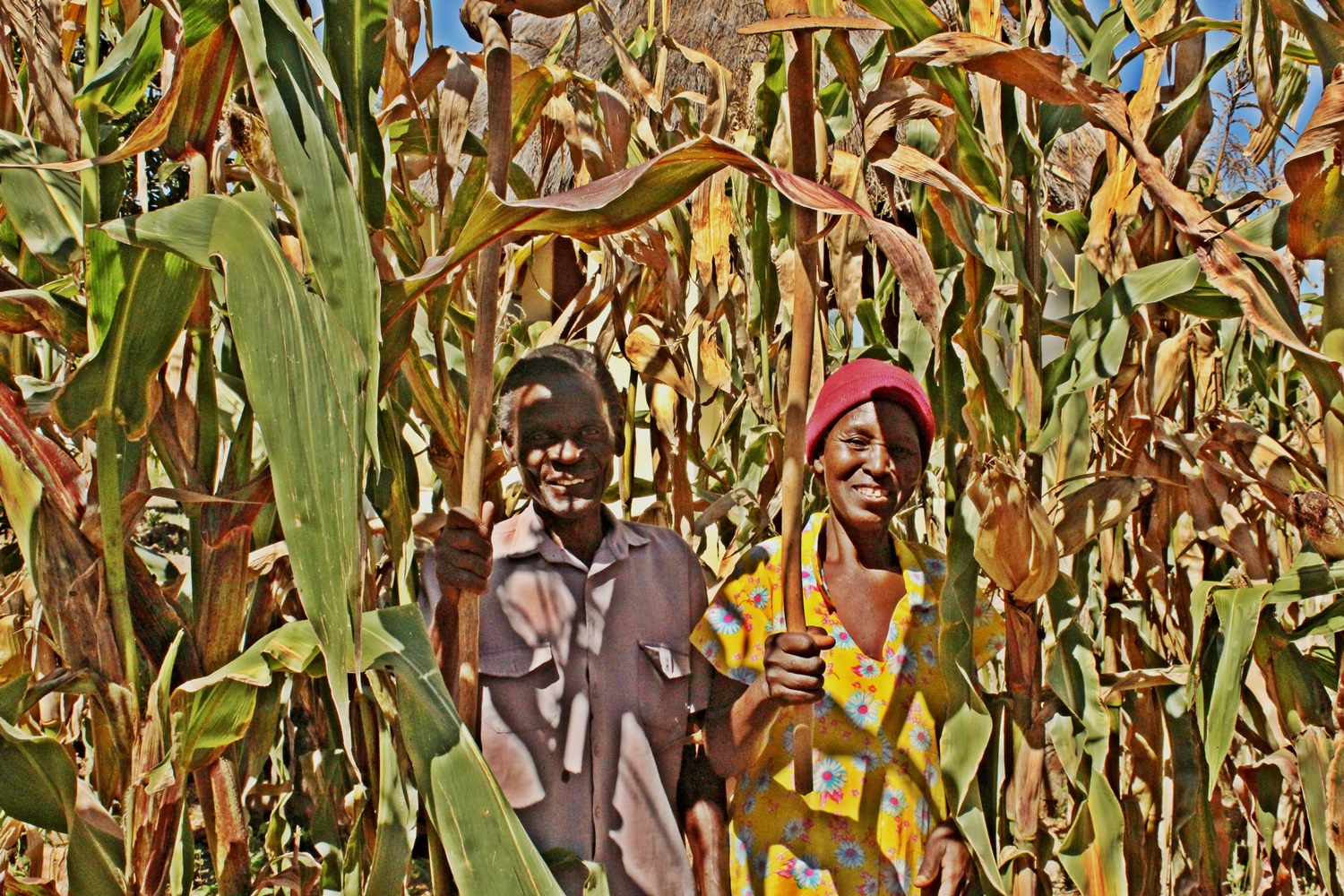
The next edition of the Conservation Lab will take place 12 – 14 May 2018 in Stellenbosch, South Africa. If you’d like to join in the fight for conservation, get in touch HERE.
John Segar
READ MORE POSTS BY THIS AUTHOR











